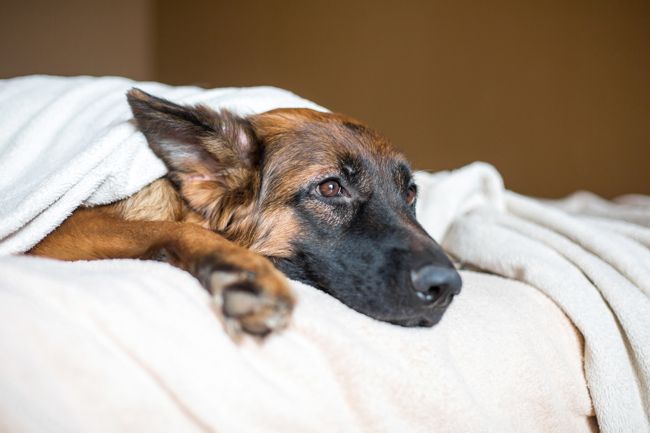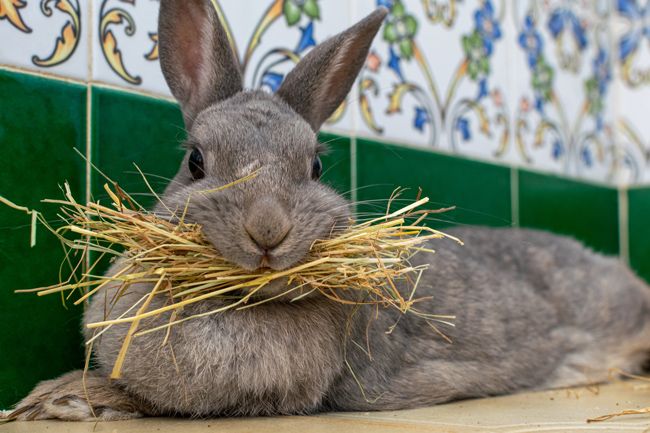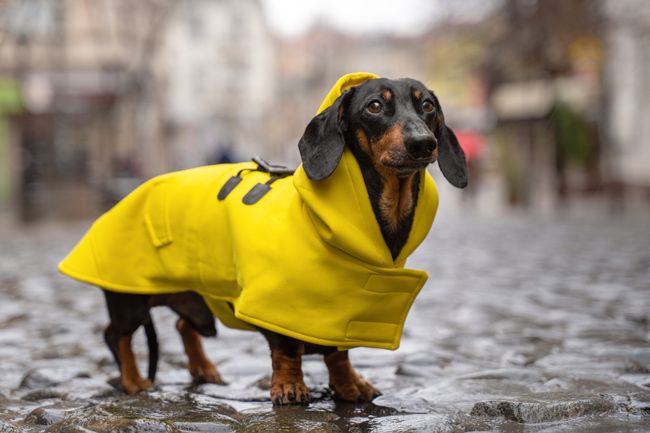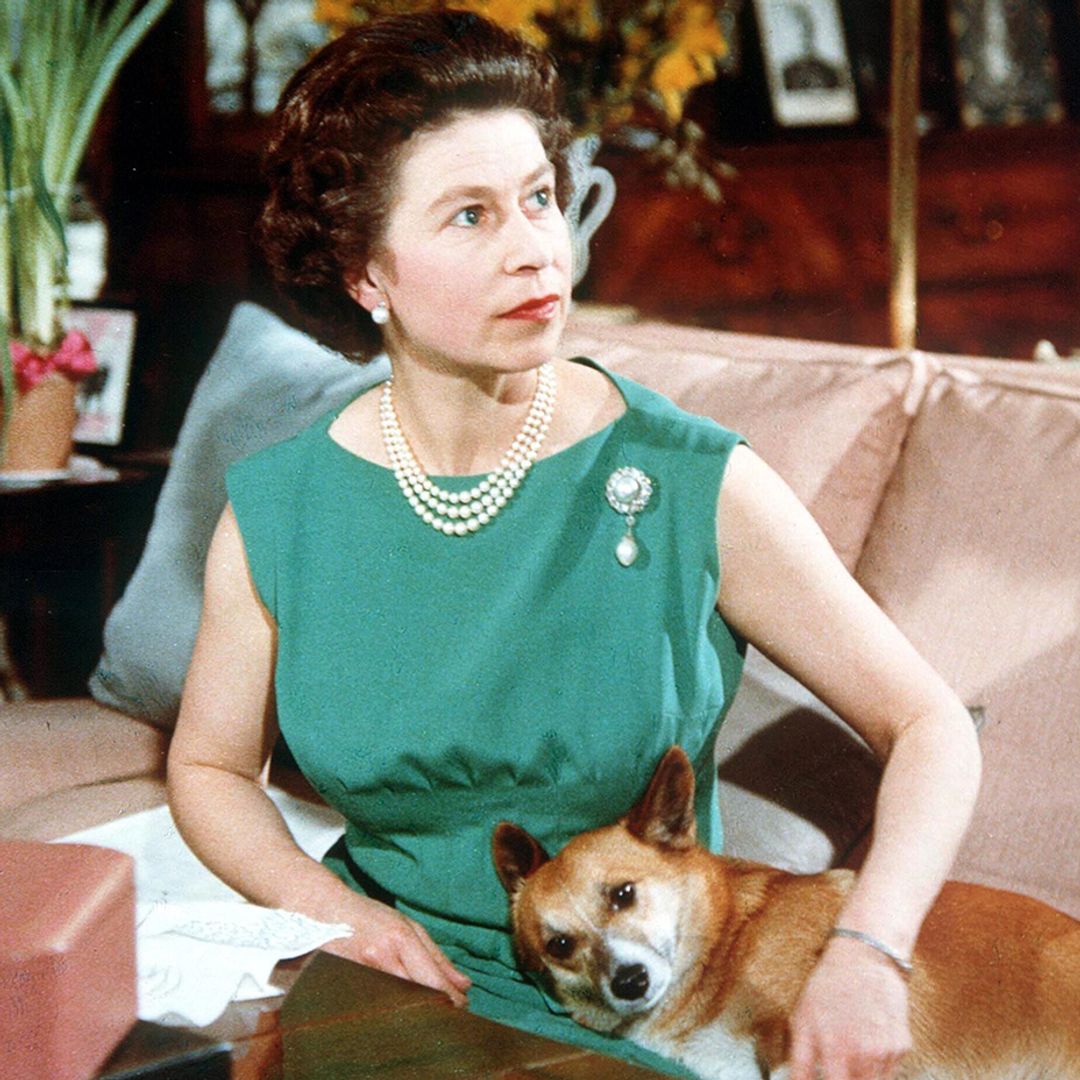Your beloved pet could be struggling with the cold weather more than you realise – read HELLO!'s helpful guide on the warning signs to look out for and easy tips for keeping pets of all sizes warm.
Pet owners can often feel overwhelmed by the advice out there. This must-read list features tips from the Royal Society for the Prevention of Cruelty to Animals (RSPCA) and People's Dispensary for Sick Animals (PDSA) on everything from keeping your cats and dogs warm indoors and outdoors, to how to properly fit their new winter jackets and how much grooming they require. Plus, see our safety checklist for caring for your tiniest most vulnerable mice, gerbils and hamsters from Pets At Home.
WATCH: HELLO!'s favourite cut dog moments
How to tell if your pet is cold
Look out for new signs of shivering and heat-seeking behaviour. If your pet has started to seek out new cosy corners, carpets and rugs, or they are suddenly climbing under your bedsheets, this is a sign that they may be struggling to keep warm.
Outdoor cats have been known to seek out warmth from climbing onto car engines, so always check under your car bonnet on cold mornings.
If your pet has started to lick their joints, or they appear to have difficulty moving around, this could be due to joint pain and stiffness. Pets with arthritis will experience a worsening in symptoms during the cold weather.
RELATED: How to tell if your dog is depressed - and how to fix it
Your pet’s appetite may increase during the winter months because they require more energy to regulate their core body temperature when they are cold. Chat with your vet about how much more to feed your pet without causing weight gain.
Tip: Supervise your pet if they are choosing to lie close to heaters and open fires. Ensure that they keep a safe distance to avoid the risk of them overheating or developing dry skin issues.
READ: First time dog-owner? These are the dog breeds you should be looking for
How to care for your cats and dogs during colder months
As well as speaking with your vet about any concerns, there are a number of easy everyday activities that you can do at home.
Grooming – many dogs and cats develop thicker coats over winter, so regular grooming is important to stimulate circulation and skin health and to reduce shedding.
Regular exercise – it might be tempting to stay indoors during the cold spells but daily exercise remains important during wintertime. To limit cold exposure, you can keep your dog walks shorter and ensure that you still allow your cat the opportunity to explore outside if they are used to doing so.
Tip: Don’t leave them in the car! John Smith, Pet Expert and Founder of Yappy.com says: "As everyone knows, you should never leave your dog in the car during the summer months as the temperature in the car is always much higher than the temperature outside. In the winter, your car won’t overheat, however the temperature in the car can often be the same as the temperature of a refrigerator. Therefore, you should not be leaving your dog in the car over the winter months, as it can increase the risk of them becoming unwell and getting hypothermia."
How to keep your cats and dogs warm outside
Winter clothing – cats and dogs can benefit hugely from an extra layer during this unprecedented cold spell, particularly if they are slim, short-haired or older. It may be possible to gently introduce your pet to the idea of wearing a winter coat and train them to accept it if this is a new concept for them.
Remember to buy garments that are specifically made for dogs and cats that will fit them properly and if you are shopping online, you will need these three measurements: Length – measure your dog from their collar to the base of the tail. Chest – measure the width of your pet's chest just behind their front legs. Neck – measure the area around the neck where the collar normally sits.
Important: If they bite or scratch at the coat or rub themselves on the floor or furniture, that’s a sign it doesn’t fit right and is irritating them.
Tip: Dogs with arthritis can be kept warm by special winter coats with padding around the major joints such as hips and shoulders. There are also jumper options for cats. Make sure whatever you buy fits well and does not restrict movement. Remember to remove clothing immediately if it becomes wet and remove all clothing soon as you return indoors to prevent overheating.
How to care for your small pets during the colder months
Your mice, gerbils and hamsters might seem cosy inside your home, but their tiny bodies still need protection from the sudden drop in temperature – remember to keep their drinking water topped up still!
How to keep small and large your pets warm inside
Move them out of drafts – drafts from windows and doors can give your hamsters or gerbils a chill if the heating is off or they are near a door that opens regularly.
Keep them away from direct heat – make sure their enclosure is in a secure area where they can stay warm without overheating. Placing them too close to a radiator could be very dangerous for them.
Extra bedding – give them extra bedding to snuggle into on cold days. Change it regularly to keep their enclosure fresh and to prevent illness.
Keep them away from fumes – you might be tempted to move your pet to a new area of your home. Be mindful that fumes from non-stick frying pans and wood-burning stoves can be dangerous. There are lots of things in our homes that produce fumes that we might not notice but they could seriously harm small pets.
DISCOVER: 6 beloved royal dog breeds: Corgis, Labs, Spaniels and more
Like this story? Sign up to our HELLO! Mail newsletter to receive all the latest royal and celebrity news straight in your inbox.
HELLO!'s selection is editorial and independently chosen – we only feature items our editors love and approve of. HELLO! may collect a share of sales or other compensation from the links on this page. To find out more visit our FAQ page.












